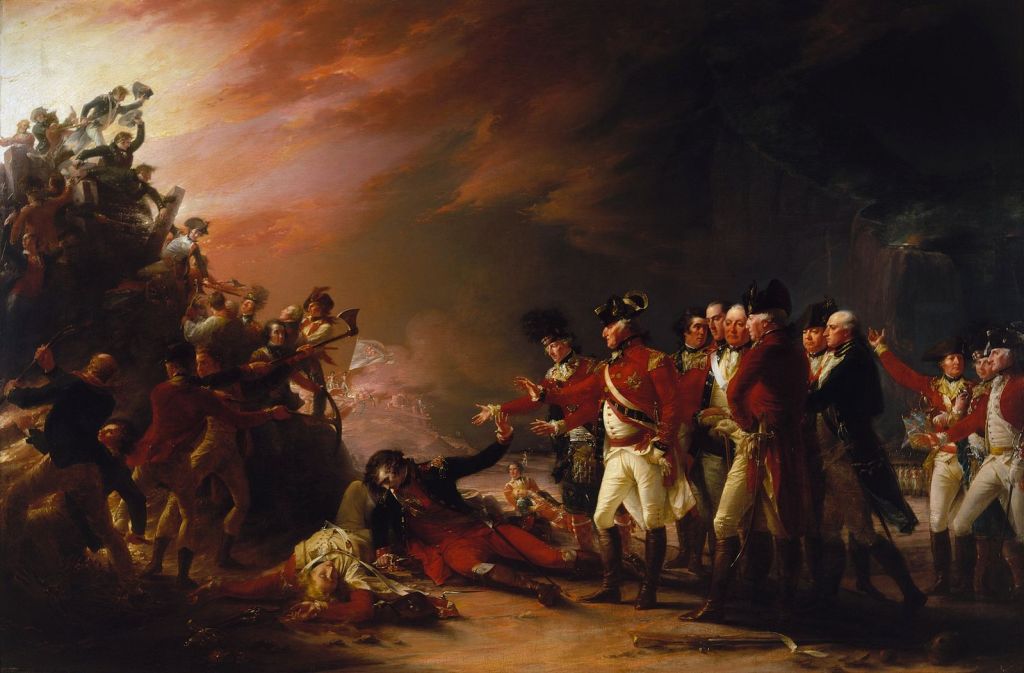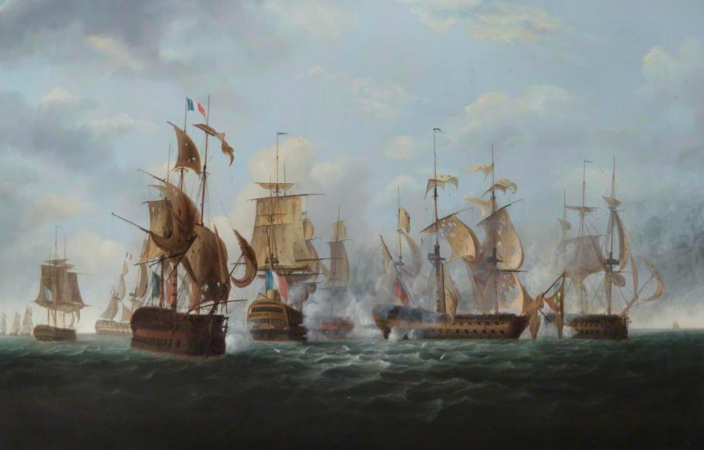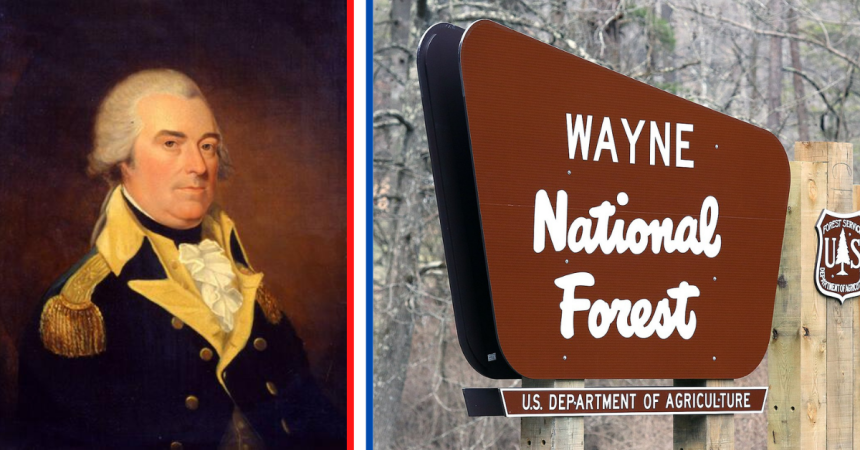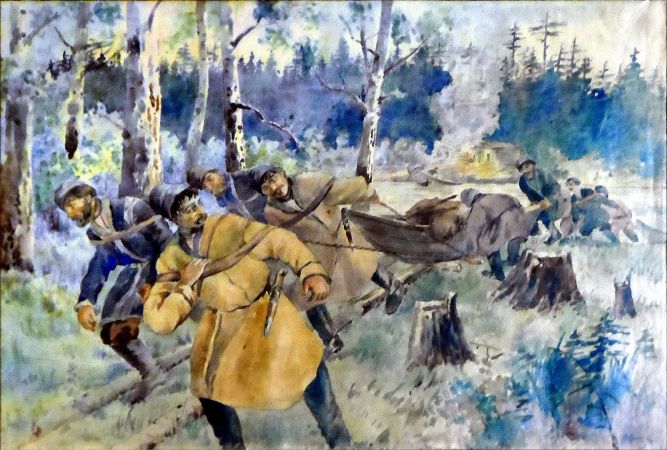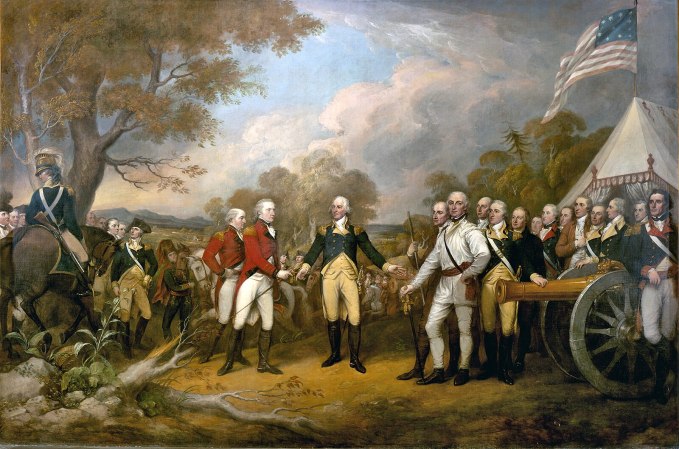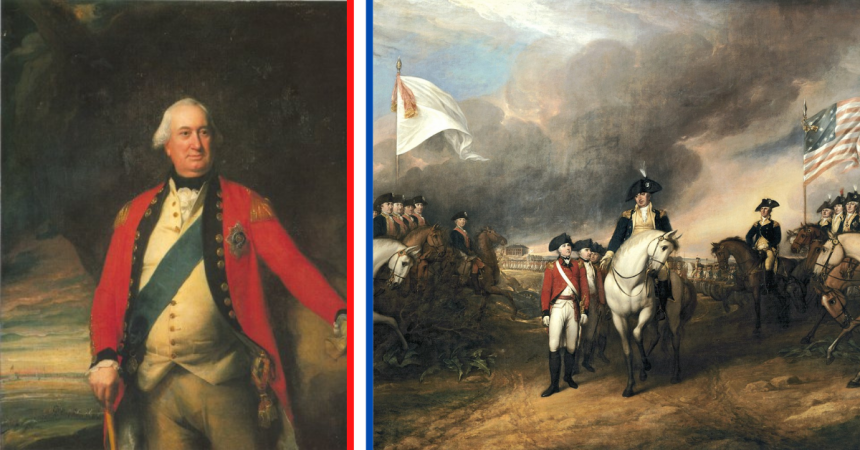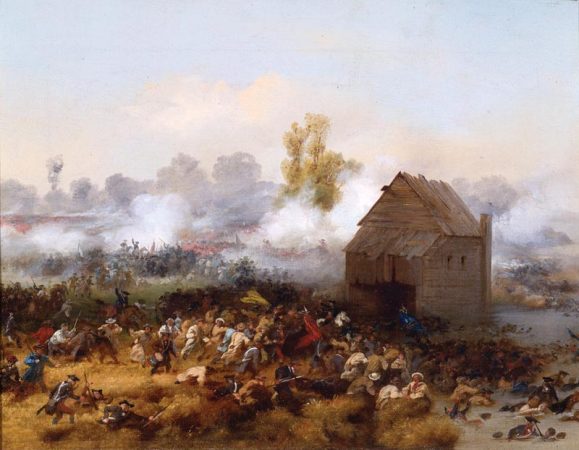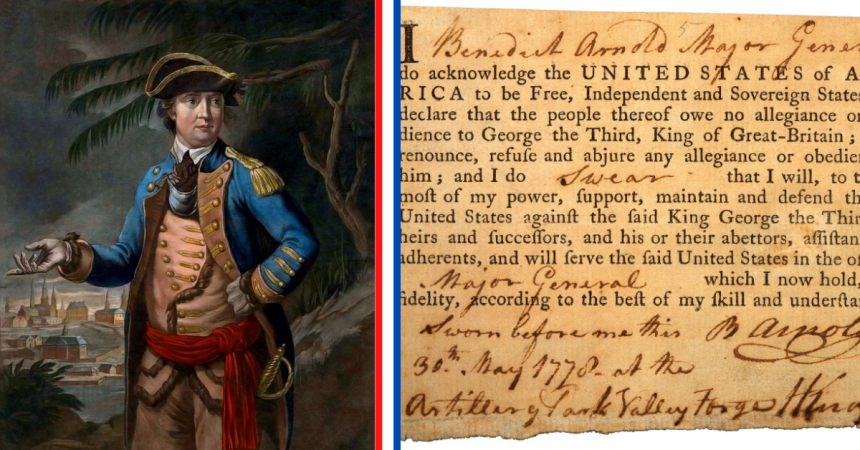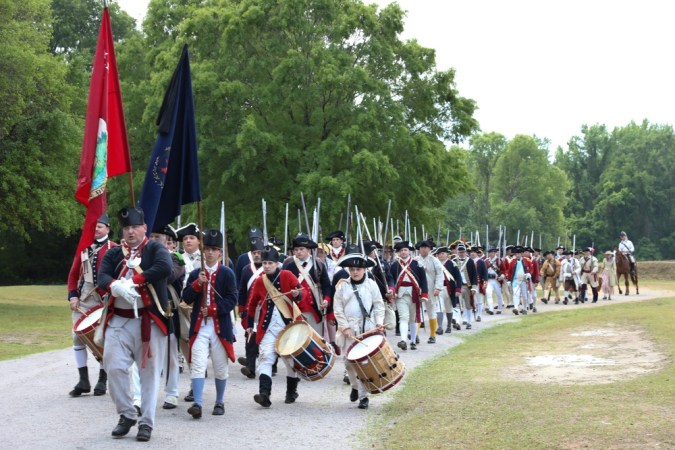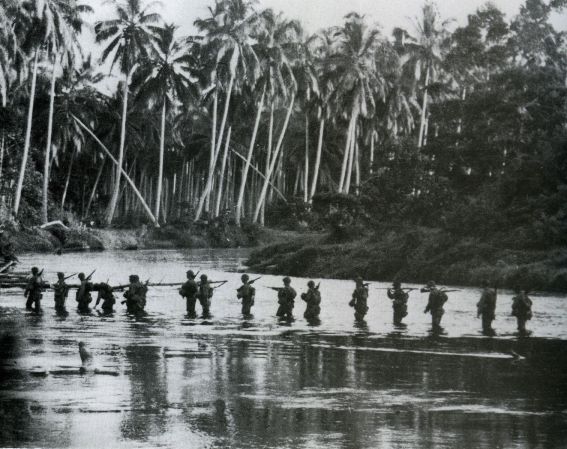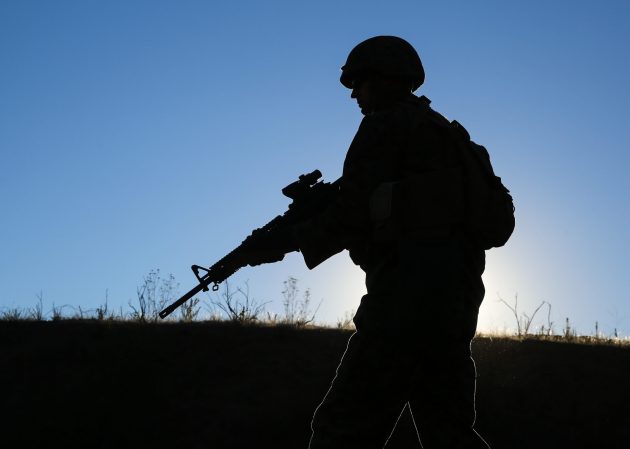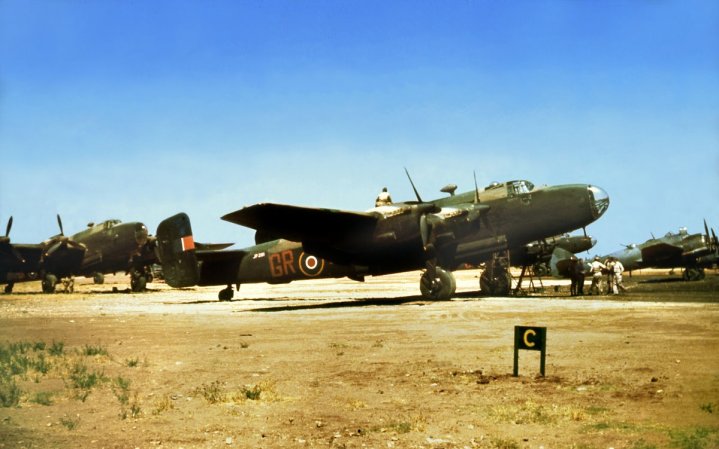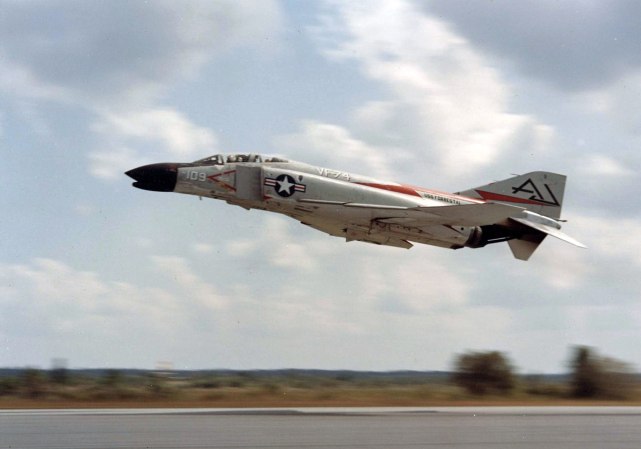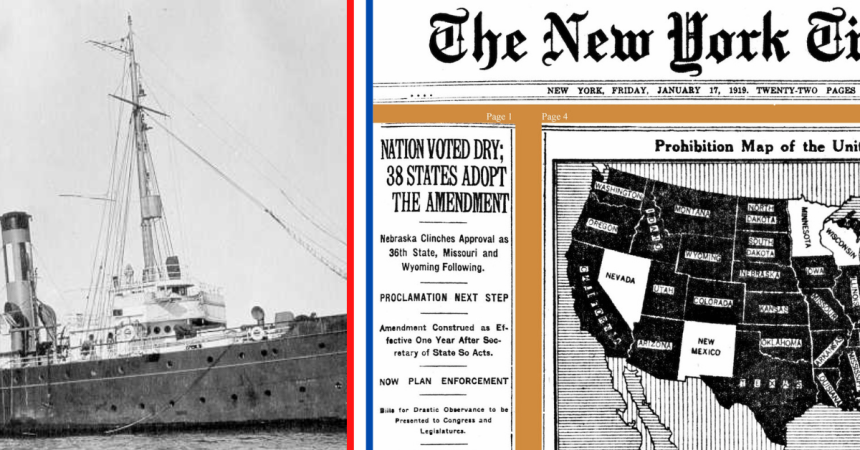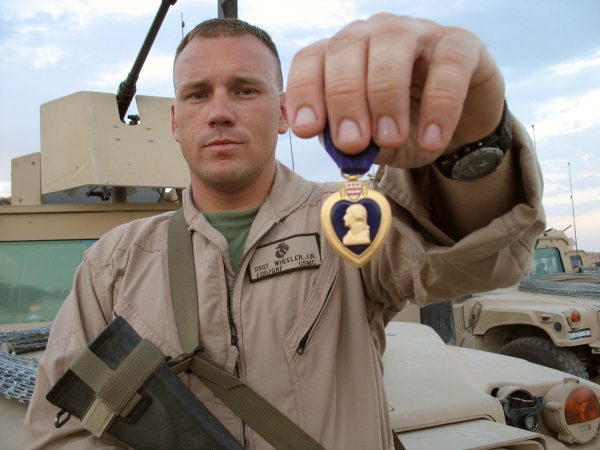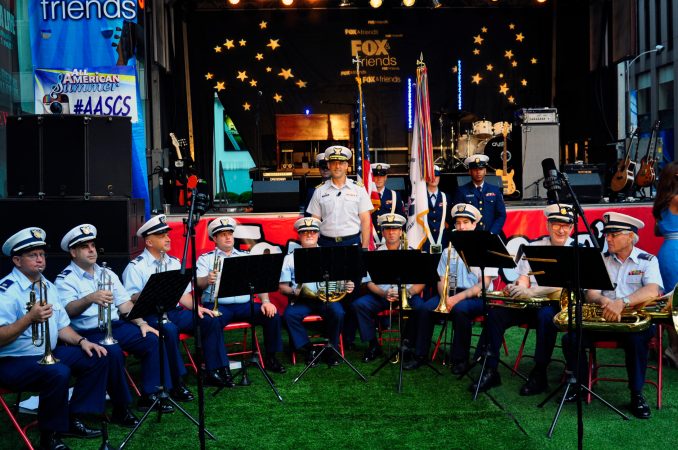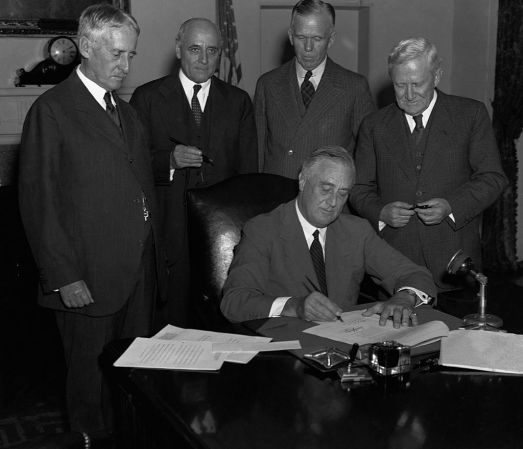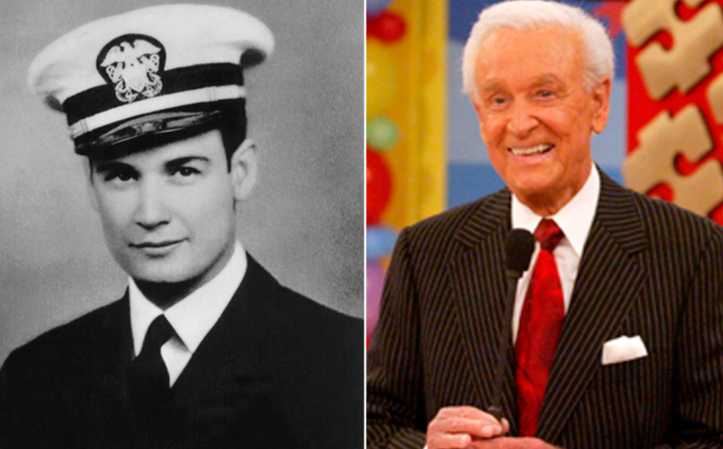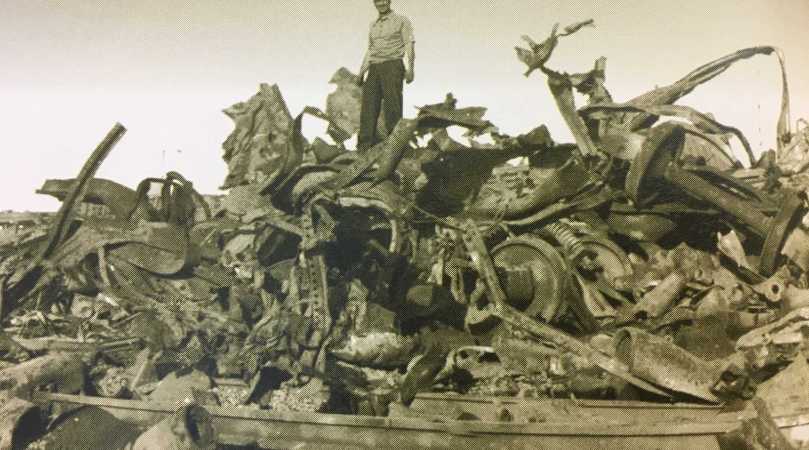The Great Siege of Gibraltar occurred between 1779 and 1783, and though it happened during the time of the American Revolutionary War, it’s not typically considered a part of that conflict. The siege was led by Spain and France against Britain, and it all hinged on Gibraltar. Their strategy was bold and ambitious. Capture Gibraltar and use it as a springboard for a daring invasion of mainland Britain.
The stakes were high, and the world was watching.
But the British saw it coming.
See, the Brits have known for a long time just how important Gibraltar is to their dominion. This British Overseas Territory is located in the southern Iberian Peninsula. That means it guards the entrance to the Mediterranean from the Atlantic. That’s key for many reasons, but notably, because its strategic location makes it a clutch holding in case the world goes to war.
Which is exactly what was happening back when America was fighting for our independence.
Recognizing Gibraltar’s unmatched strategic value, the Brits worked for generations to fortify Gibraltar. Then, the esteemed Royal Engineers came on the scene in 1772 and everything changed. These soldier-builders knew how to fight and how to build, and they laid the foundation for an unbreakable defense. Add Colonel William Green’s visionary plan in 1777, including the mighty King’s Bastion, and Gibraltar’s security became a symbol of resilience and strength.
Gibraltar’s role
France and Spain had a plan, and it was daring. At the center of it all was Gibraltar, a British stronghold that was more than just a piece of land. Located at the entrance to the Mediterranean, it was a naval prize like no other. If they could take Gibraltar, they could control the seas and even use it as a launching pad for an invasion of mainland Britain.
Imagine that—using Gibraltar to turn the tide of power and weaken Britain’s iron grip on the high seas. It was a plan full of risk, but the payoff? It could be monumental.
By capturing Gibraltar, France and Spain aimed to disrupt Britain’s naval routes, shaking the maritime control that had kept them a dominant power. They saw a chance to rewrite the rules of the game, and they were willing to take it.
The stakes were enormous, and the world couldn’t look away. Gibraltar was a stepping stone in a broader strategy to challenge Britain’s might. France and Spain saw this as a way to shift the balance of power in the world and they were willing to do whatever it took.
Too bad it didn’t work.
The indomitable stand at Gibraltar
On June 24, 1779, the same day as King George III’s birthday, French and Spanish forces began their assault on Gibraltar. They thought blocking supplies would force a quick surrender. They were wrong. Even scurvy and non-stop Spanish shelling didn’t break the defenders. General George Augustus Eliott’s leadership kept spirits high.
Then, two game-changing convoys arrived. Admiral Rodney’s in January 1780, Admiral Darby’s in April 1781. They brought food, reinforcements, and a chance to evacuate some civilians. Gibraltar’s defense was back in business.
But November 1781 brought the real turning point. General Eliott ordered a bold night attack on the Spanish. Around 2,500 troops went into action, and when the dust settled, 28 enemy cannons were destroyed, trenches ruined, and magazines wiped out. British losses? Only four. A captured Spanish logbook read, “Nothing occurred this night.” It was a cheeky underestimation of British guts and glory.
Innovations at Gibraltar
1782 was a big year for British gunners at Gibraltar. They weren’t just fighting so much as they were learning on the fly by inventing, adapting, and doing all they could to turn the tables in their favor. Lieutenant Koehler of the Royal Artillery was the brains behind the Depression Carriage and is quite possibly the reason the tides shifted so much in favor of the Brits. Introduced in February, this was a game-changer. Imagine cannons that could be aimed downward from the North Face, taking the fight to the enemy in a way they never saw coming. With this new angle of attack, the enemy below had nowhere to hide.
But it didn’t stop there. The British gunners were on a roll, adapting tactics, improving fortifications, and learning from each skirmish. They were no longer just defending. By this stage in the game, they were straight up evolving. From new ways to load and fire to improved communication on the battlefield, Gibraltar’s defense became a hotbed of innovation.
Beneath the rock
But what about those spots the British guns couldn’t reach? Time for a bold new move. In May, Sergeant Major Henry Ince and his team of experts took on a task no one had tried before carving the first-ever tunnel beneath Gibraltar. The mission was to get to the Notch for a prime cannon spot. But an accidental ventilation hole revealed something even better. The Upper Galleries, later known as the Great Siege Tunnels, came to life. With 17 cannons tucked inside, these chambers were a game-changer, keeping watch over the northern approaches and giving the British an edge no one saw coming.

Crillon’s ambitious assault
1782 got even more heated with the arrival of French leadership. Fresh off taking Menorca from the British, Duc De Crillon took over at Gibraltar. He was ready to shake things up, and his aide, Colonel D’Arcon, had just the plan. Packed with weapons and heavy-duty walls, 10 huge floating batteries are ready to take on the Garrison.
September 13 was the big day—the Grand Attack. The floating batteries faced off with King’s Bastion and the air filled with explosions. At first, the British couldn’t hit a thing. But then they had an idea. Heat up the cannonballs. When those red-hot balls of destruction hit, everything changed. By nightfall, two of the main vessels were in flames. By one in the morning, the others were set on fire to keep them out of British hands.
That attack was the high point of the French and Spanish efforts, and it was a total disaster. Gibraltar stayed British, and the enemies were left to wonder what went wrong. The answer? British ingenuity, guts, and a refusal to give in. That’s how you win a siege.
A resilient triumph
February 2, 1783, was the day it all ended. The British kept Gibraltar, and the French and Spanish got Menorca, parts of the West Indies, and Florida. But Gibraltar staying British? That was huge. It showed everyone just how tricky and tangled this part of history was.
The siege of Gibraltar was one for the record books. It lasted over three years and seven months, making it the most prolonged siege the British had ever faced. Just 7,000 brave British soldiers against a massive 40,000 Franco-Spanish force. But they held on, showing the world what it means to be a team in the heat of battle.
The enemy’s losses? No one really knows, but it was big. On the British side, 333 were killed, and 138 were wounded. Another 536 fell to disease. Those numbers are a stark reminder of the actual cost of war.
And now? Gibraltar stands tall. A symbol of strength, smarts and the sacrifices people make when they’re fighting for something they believe in. That’s the legacy of Gibraltar, a story of a place and a people who refused to bend or break. That’s what makes it a story worth telling and remembering.


